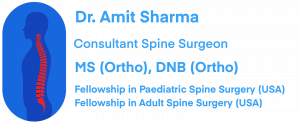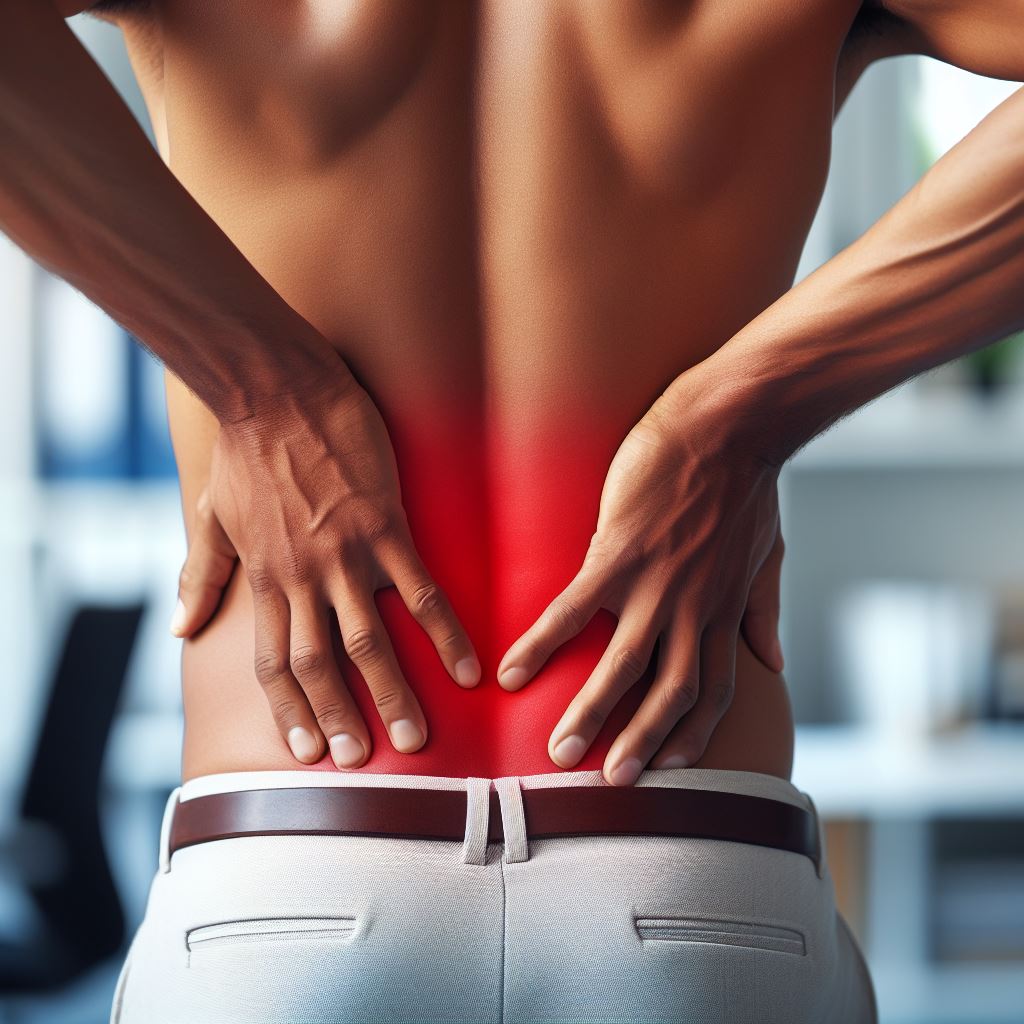Best Spine Surgeon in Mumbai | Dr. Amit Sharma

+91-9967600461
draks777@gmail.com
Slip disc treatment at home

Slip disc treatment at home
Slip Disc Treatment at Home: Comprehensive Tips for Relief and Recovery
A slipped disc, also known as a herniated or bulging disc, can be a source of considerable discomfort and pain. While it’s essential to seek professional medical guidance, there are numerous effective ways to complement your treatment and find relief from the comfort of your home. In this comprehensive article, we’ll explore practical and detailed tips for slip disc treatment at home. These strategies aim to ease your symptoms and support your recovery, helping you regain comfort and mobility.
1. Rest and Posture:
- Adequate rest is the cornerstone of healing for a slipped disc. Allow your body the time it needs to recover, and avoid strenuous activities and heavy lifting.
- Pay careful attention to your posture while sitting and standing. Maintaining a neutral spine position can significantly reduce pressure on the affected area. Use supportive cushions or chairs if necessary.
2. Cold and Heat Therapy:
- Cold therapy can be incredibly effective during the initial stages (the first 48 hours) of a slipped disc. Applying an ice pack to the affected area for 15-20 minutes at a time can help reduce inflammation and numb the area.
- After the initial period, transition to heat therapy. Warm compresses or heating pads can relax tense muscles and alleviate pain. Apply heat for 15-20 minutes, making sure not to overheat the area.
3. Over-the-Counter Medications:
- Non-prescription pain relievers like ibuprofen (an anti-inflammatory) or acetaminophen (a pain reliever) can be valuable in managing pain and inflammation. Always follow the recommended dosage instructions and consult with your healthcare provider if you have any concerns.
4. Gentle Exercises:
- While rest is essential, complete inactivity can lead to muscle stiffness and exacerbate pain. Engage in gentle stretching exercises to improve flexibility and reduce muscle tension.
- Consult a physical therapist or rehabilitation specialist for personalized exercise recommendations that align with your condition. They can guide you through exercises that are safe and effective for your specific situation.
5. Ergonomic Changes:
- Evaluate your workspace and home environment for ergonomic improvements. Ensure that your desk and chair are adjusted to support your spine in a neutral position.
- Utilize proper body mechanics when lifting objects. Bend your knees and keep your back straight, lifting with your legs rather than your back.
6. Dietary Considerations:
- Nutrition plays a vital role in the body’s healing process. Maintain a balanced diet rich in anti-inflammatory foods, such as fruits, vegetables, whole grains, and foods high in omega-3 fatty acids like salmon and flaxseeds.
- Adequate hydration is essential for the body’s natural healing processes. Drink plenty of water to support overall health and tissue repair.
7. Weight Management:
- Excess body weight can add strain to your spine, potentially worsening slip disc symptoms. If overweight, consider weight management strategies.
- A balanced diet and regular physical activity can help you achieve and maintain a healthy weight, reducing the load on your spine.
8. Sleep Quality:
- A supportive and comfortable mattress is a valuable investment for those with slip disc issues. Look for a mattress that provides adequate support to your spine and minimizes pressure points.
- Using pillows that support your neck and spine can further enhance sleep quality and reduce discomfort.
9. Stress Reduction:
- High levels of stress can exacerbate pain and tension in the body. Engage in stress-reduction techniques such as deep breathing exercises, meditation, or gentle yoga.
- These practices not only promote relaxation but also encourage better muscle and tissue function.
10. Consult a Professional: – While home remedies can provide relief, they should complement, not replace, professional medical guidance. It’s crucial to consult a healthcare specialist for an accurate diagnosis and a personalized treatment plan. – Your healthcare provider can offer insights into the severity of your condition and recommend appropriate treatments, including physical therapy, medications, or, in rare cases, surgery.
Conclusion: Slip disc treatment at home encompasses a range of practical strategies that can significantly enhance your comfort and expedite your path to recovery. These home-based approaches are most effective when used in conjunction with professional medical advice. Remember that each individual’s experience with a slipped disc is unique, and what works best for one person may not be suitable for another.
By combining these detailed home treatment strategies with the guidance of healthcare professionals, you can optimize your healing process and regain your quality of life. Prioritizing your health and well-being is essential when dealing with spinal issues.
For additional information on slip disc treatment and other spine-related topics, please explore our website. Our team of experts is dedicated to providing valuable insights and resources to support your spine health journey.